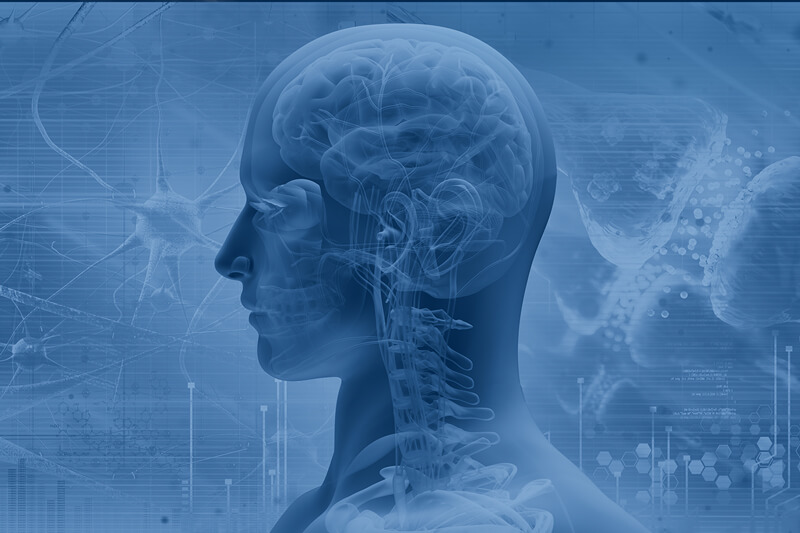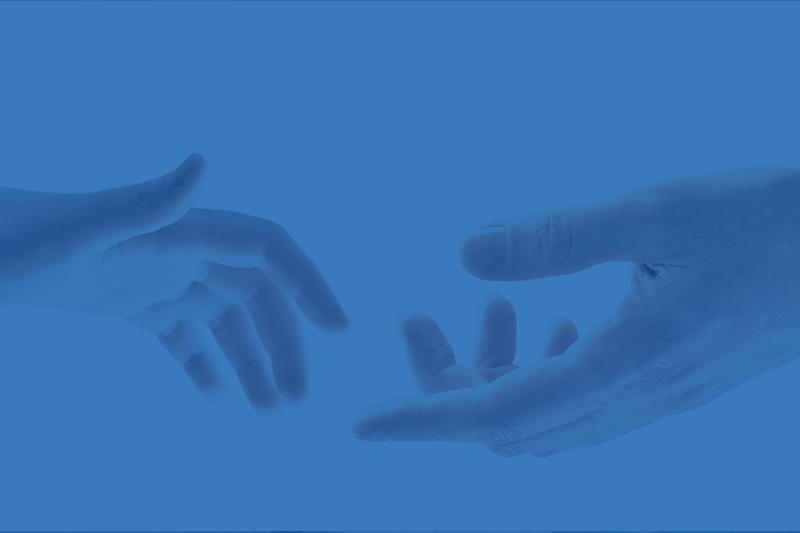Stroke
Physical therapy for stroke patients to improve function
What is a stroke?
Stroke is one of Australia’s biggest killers and a leading cause of disability. A stroke occurs when blood flow to the brain is suddenly interrupted. This may be as a result of a blood clot which blocks an artery in the brain (ischaemic stroke) or a burst blood vessel in the brain (haemorrhagic stroke). As a result, the brain can suffer permanent damage. The deficits you experience after a stroke will depend on which part of the brain has been affected.

What does it look like?
Symptoms of a stroke
A stroke can affect people in many different ways, depending on which area of the brain has been damaged:
Paralysis or weakness
Cognitive problems
Perceptual problems
Difficulty reading or writing
Incontinence
Fatigue
Spasticity
Sensory problems

Paralysis on one side of your body is a common symptom after a stroke. Other symptoms of a stroke can include difficulty speaking or swallowing, fatigue, and problems controlling your feelings and emotions. In many cases, one side of the body is affected, with some people struggling to use their arm and their leg on the same side. Perceptual problems include neglect or the lack of awareness of one side.
Some people who have a stroke will have a complete recovery, but a large portion of people will be left with a residual disability and have difficulty doing the things they used to do.
How we can help
Treatment for stroke
A stroke affects people in a variety of ways, and people are often left with a physical disability.
Your physiotherapist will assess your ability to sit, stand, move and walk, as well as your fine motor skills, which is your ability to reach for things with your arm and manipulate objects. Your neuro physio will also look at muscle strength, amount of movement in your joints, sensation and balance. The next step is to develop an individualised treatment plan, taking into consideration your personal goals.
Your recovery and rehabilitation will centre around your specific challenges. You may need to relearn how to move from sitting to standing, move to a chair and walk.
Physical Therapy
As an experienced therapy team that’s worked with past and recent stroke survivors, we take a comprehensive approach to your therapy and rehabilitation after a stroke. Whether you’ve had a stroke in the past few months, or had one many years ago, we’ll work with you towards achieving your goals.
We’ll take the information from your assessment and work with you to put together a treatment plan specific to your needs. We incorporate evidence-based treatment into our guidelines, utilising the latest guidelines from the Stroke Foundation.
Therapy Plan
Your therapy plan may include:
Exercises to maximise neuroplasticity
The brain’s ability to be re-wired through therapy and exercise. Check out this video to learn more about neuroplasticity.
Practising everyday tasks
This can include exercises that involve your arms and hands (like picking up and manipulating objects), your legs (like balance and walking) or both (like standing and reaching).
Constraint Induced Movement Therapy (CIMT) principles
A form of rehabilitation for stroke survivors who’ve lost movement in one arm. After a stroke, you will often rely on your non-affected arm to do everything. This teaches you to not use your affected arm (learned non-use), which leads to increasing weakness and becomes a deteriorating cycle. CIMT involves exercises and activity for the arm affected by the stroke, while restraining the unaffected arm.
Aerobic exercises
Many stroke survivors do not carry out the recommended amount of exercise or physical activity. We can work with you to help you get the most our of your exercise and physical activity to maximise your cardiovascular health.
Strengthening exercises
Exercises to help strengthen muscles that are weak after your stroke.
Gait training
Exercises and therapy aimed at improving your walking ability.
Balance retraining
Supporting you to maximise your safety inside and outside the home.
As part of your therapy, we may also recommend and trial equipment such as walking aids or foot splints, or recommend referral to other health professionals to help you in your rehabilitation journey.
Link: Stroke Foundation
